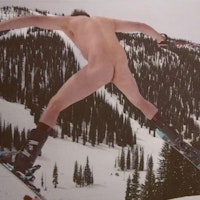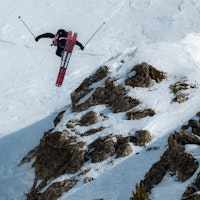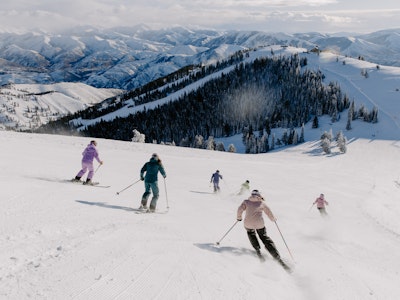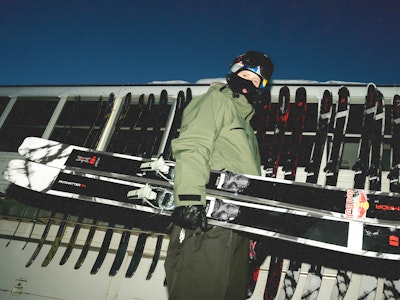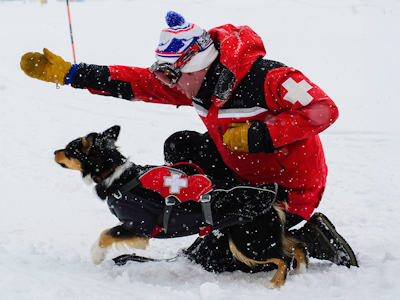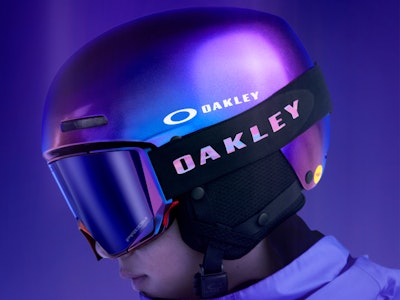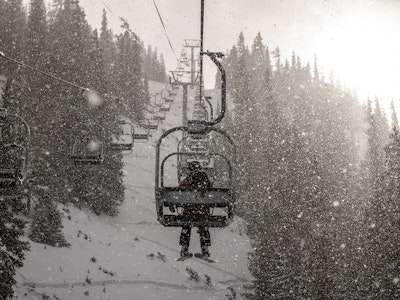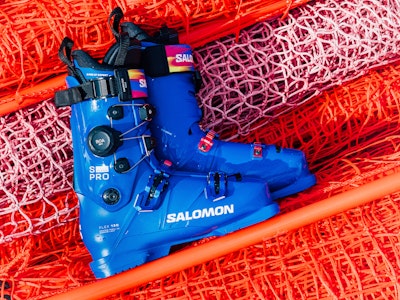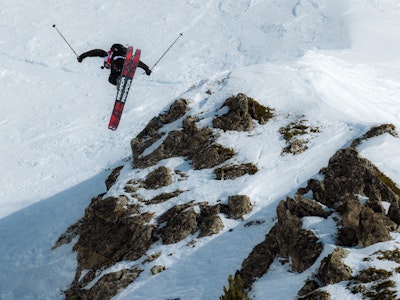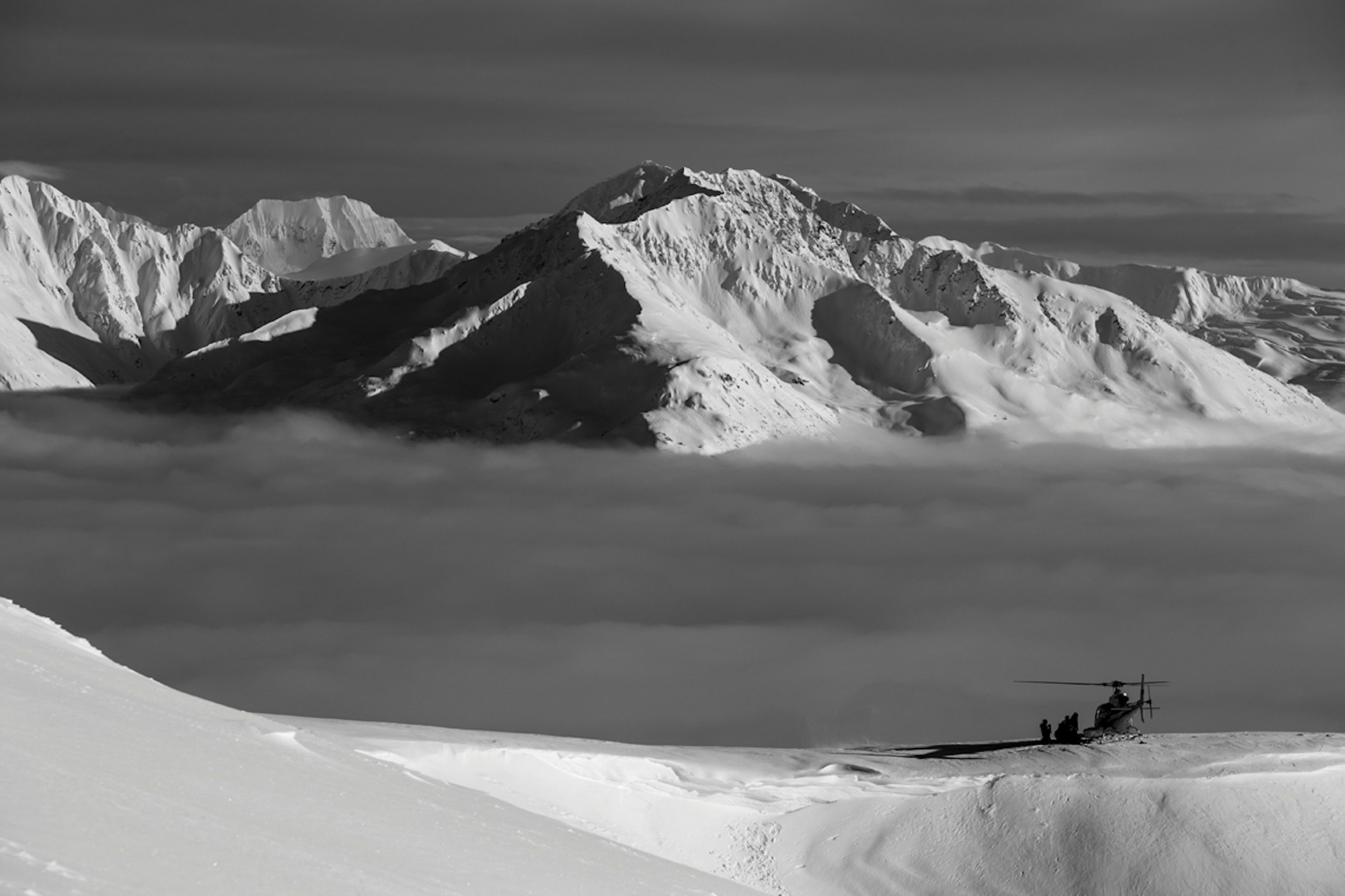

WORDS • SAM TAGGART | FEATURED IMAGE • ADAM CLARK
“Heli-skiing is really two components,” Scott Bedford, partner and veteran guide at Utah’s Powderbird Helicopter Skiing, explains over the phone. “It’s aviation and it’s guiding. And a lot of things can go wrong in either situation.” Not to sound dire, but Bedford is right. Skiing is inherently dangerous to begin with—add in a helicopter, variable, wild terrain and a ten-person group of skiers with a wide range of skills, and there are a whole slew of things that can go awry.
So, how exactly do the best heli-skiing operations in the country ensure that safety protocols are being performed and that risk is being mitigated in every possible manner? That’s where the Heli-Ski U.S. Association (HSUS) comes into play.
In the 1980s, informal meetings between owners and guides of United States-based heli-skiing operations were the basis of a checks-and-balances system that helped ensure everyone was doing their best job. At this time, there were no standards for running these types of businesses, so having a time and place to share feedback between outfitters was imperative.
These conversations eventually started to take a more serious turn and legitimizing the discussion became the next point of action for HSUS’ founders. “The organization was formed by a core group of pioneers in the heli-skiing industry who wanted a higher level of safety,” Bedford explains. “The focus is pretty simple: Every member is held to a high level of safety, in terms of overall protocol.”
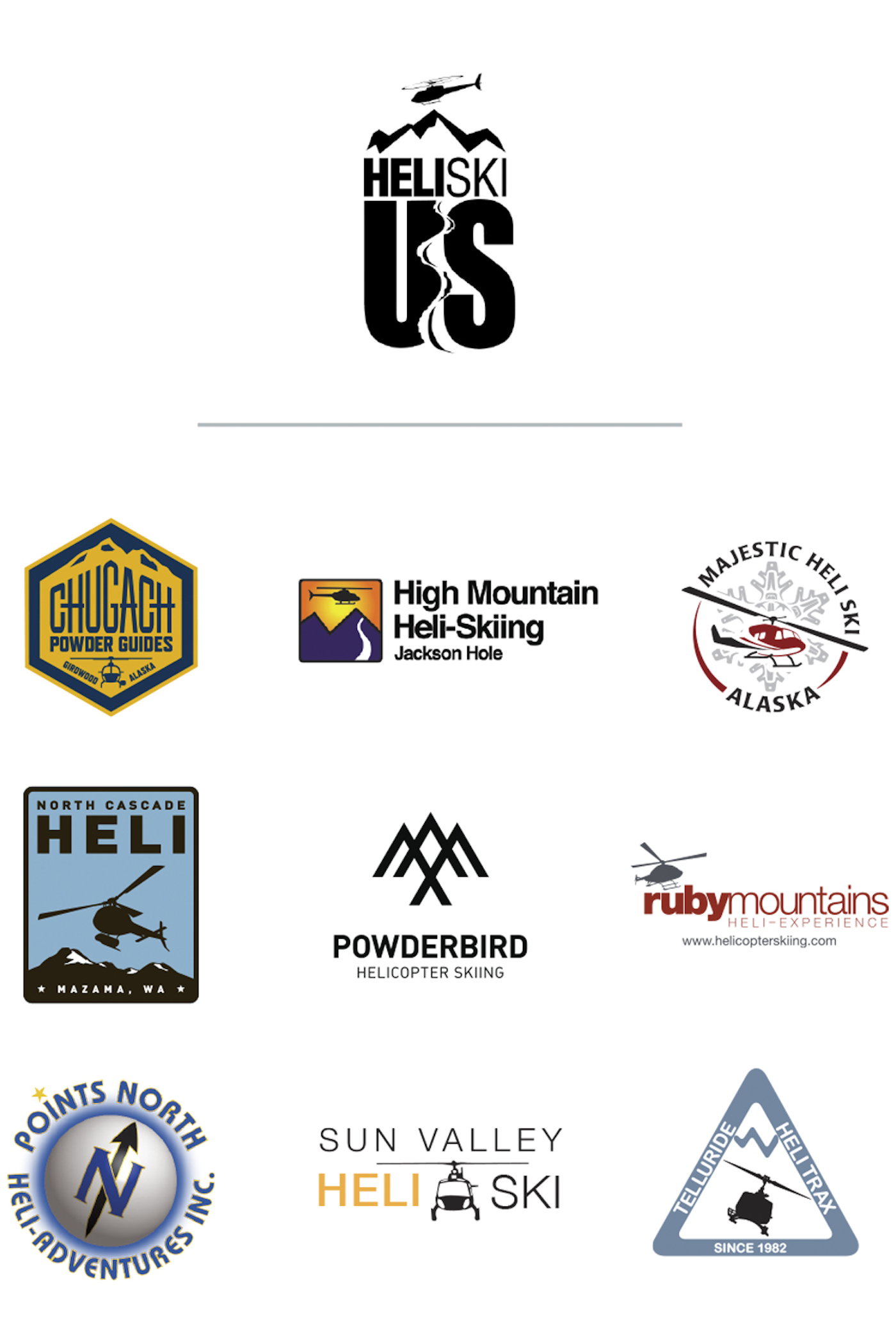
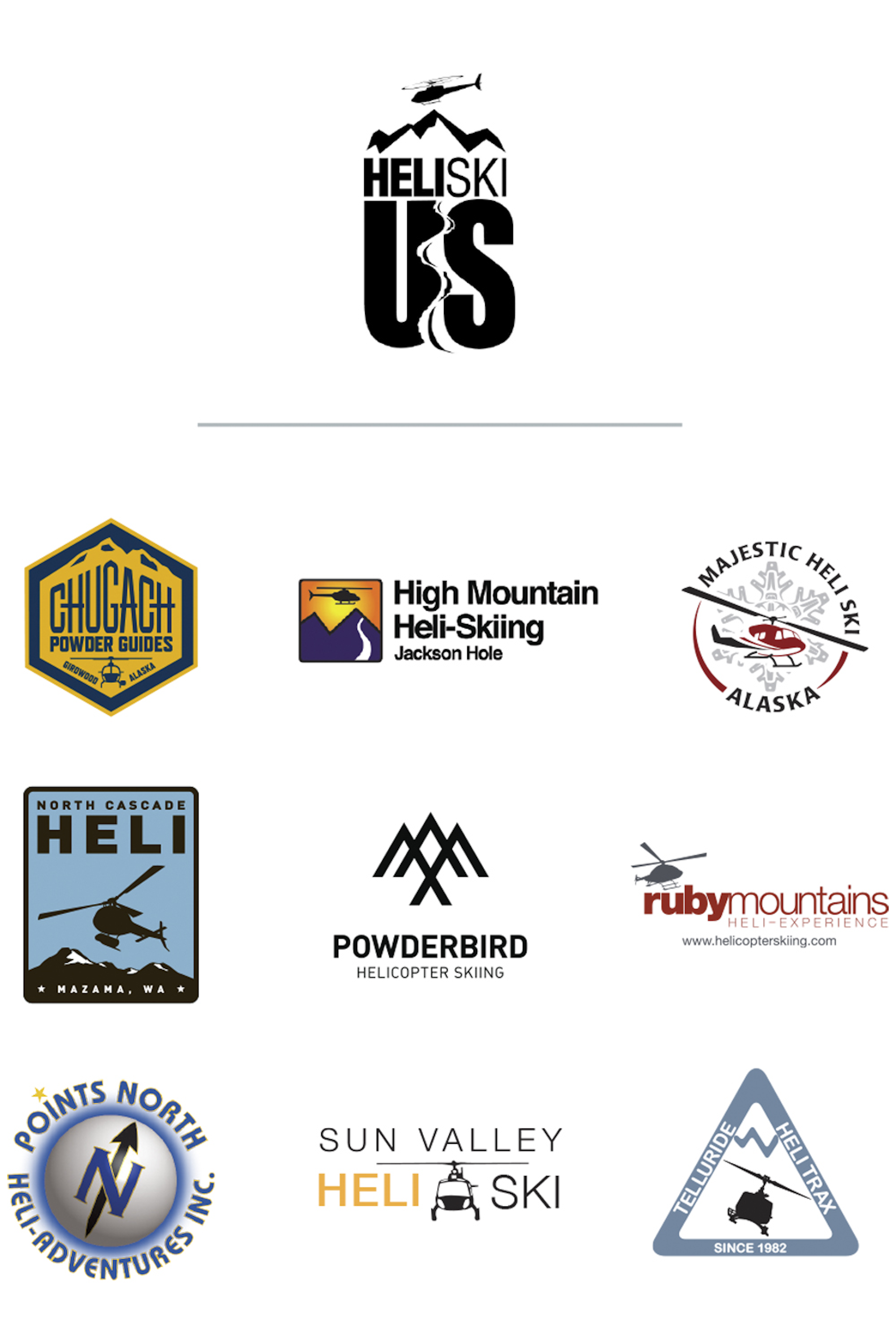
Today, HSUS has 10 reputable partners, including Powderbird in Utah; Majestic Heli Ski, Points North Heli-Adventures and Chugach Powder Guides in Alaska; Telluride Helitrax in Colorado; High Mountain Heli-Skiing in Wyoming; North Cascade Heli in Washington; Ruby Mountains Heli-Experience in Nevada; and Sun Valley Heli Ski in Idaho. From a consumer standpoint, it can be difficult to decide which specific outfitter is best suited to host a particular group. Examining the type of accessible terrain, proximity to the closest airport and lodging options are just a few of the many factors that go into a decision of this caliber.
But those establishments that are members of HSUS stand atop the list for a reason. “There’s a lot of operators in Alaska, for example, up on Thompson Pass that literally can grab a helicopter, put up a sandwich board and start operating,” Bedford explains. “If you’re looking at going on a heli-skiing trip and you see that Heli-Ski U.S. partnership—it’s like a ‘Good Housekeeping’ seal of approval.”
Powder-hungry skiers will always be attracted to the spirit of adventure and exploration of the natural world, one of the reasons why heli-skiing is so popular in the first place. Yet, unless these skiers have a source of guidance—a friend, colleague, family member—who has experienced heli-skiing, it’s difficult to know how and where to start the search for the proper outfitter. Beginning this research by examining HSUS-certified operations is an ideal jumping off point.
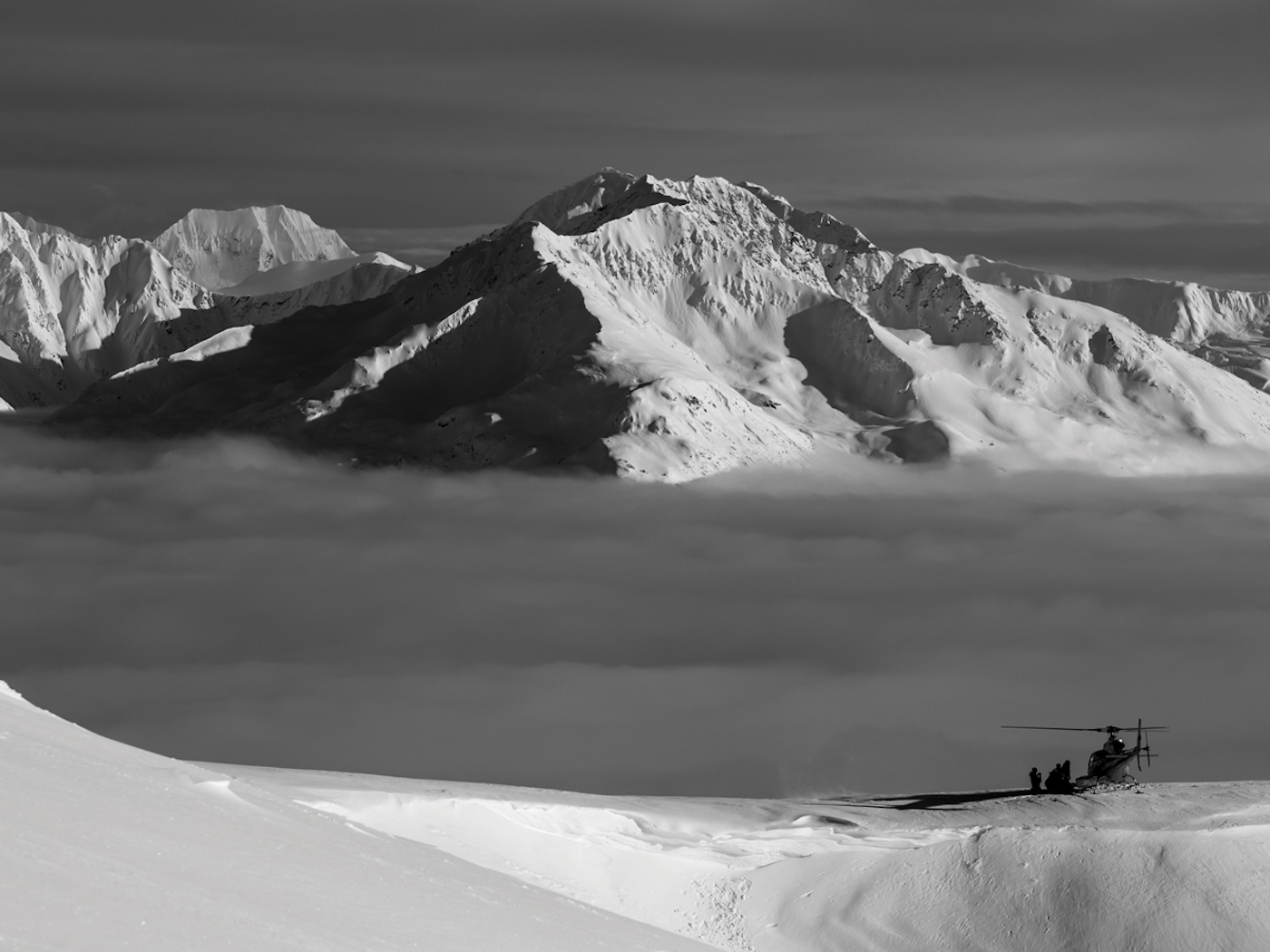
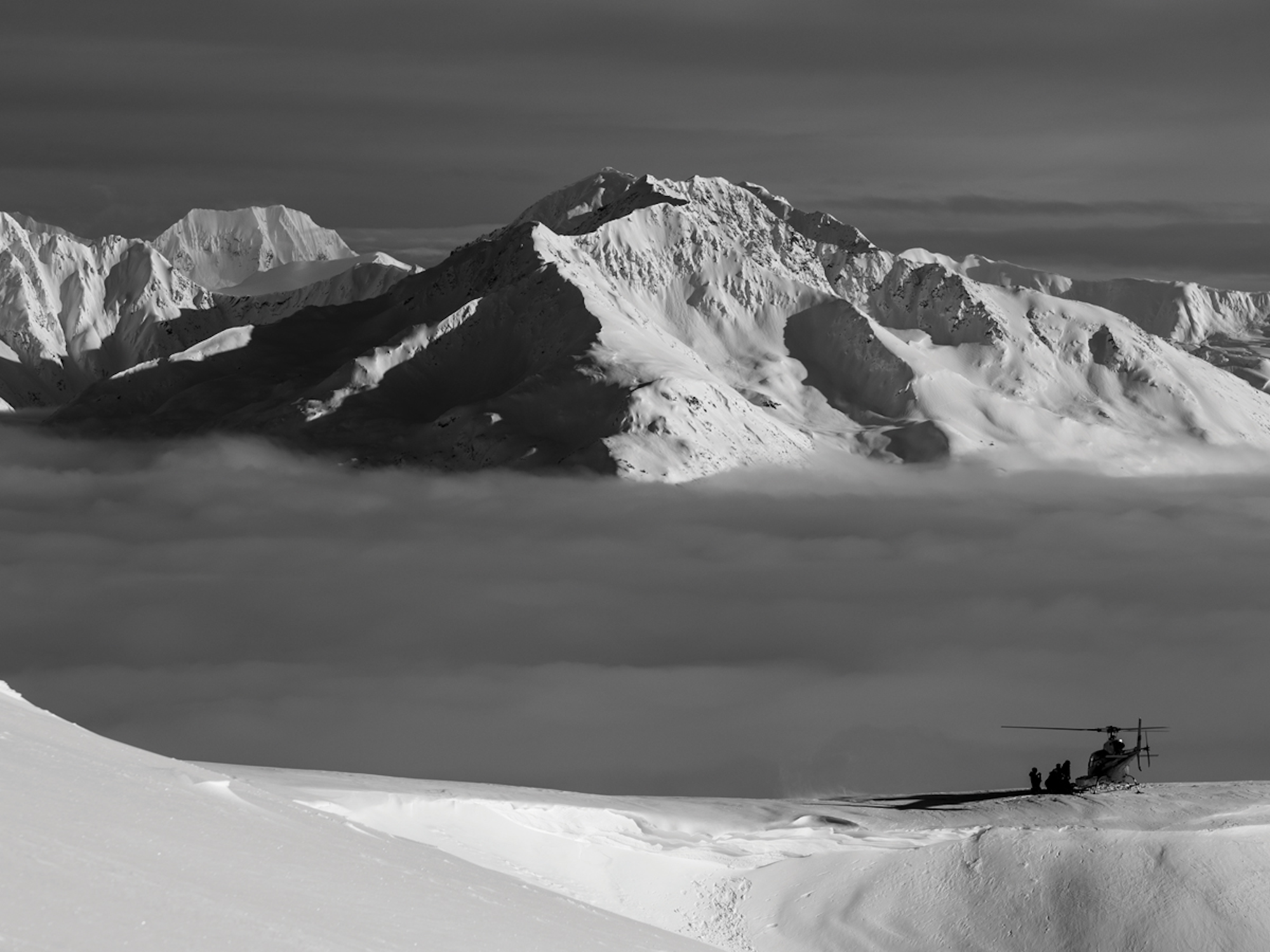
PHOTO: Adam Clark | LOCATION: Girdwood, AK
Providing clients with an added sense of confidence and security in their decision to choose a particular operation, HSUS also caters internally to the ski industry. Offering heli-skiing-specific guiding courses, the Utah-based nonprofit organization affords experienced patrollers and mountain guides the opportunity to further their careers into heli-guiding, an otherwise difficult thing to do, according to Bedford. “It’s a chance for people to get a backdoor orientation of what being a heli-ski guide is all about. For example, a Telluride or Squaw Valley patroller is certified with Class 5 avalanche training and they get a lot of really great experience working with explosives, running routes. What they don’t get—which is really the hardest thing
to obtain—is time around a helicopter.”
Training and vetting guides internally, HSUS members ensure that its guides are appropriately versed in the three-dimensional world of helicopter aviation and ski guiding. Undeniably, managing risk increases in difficulty when traveling by air deep into the vast Chugach Mountains or jagged Teton Range, let alone with a group of clients or a film crew. In order to standardize and enforce safety protocols, ensure every operation in the U.S. is performing at its finest, and, most importantly, provide powder-seeking skiers the awe-inspiring experience of heli-accessed terrain, Heli-Ski U.S. Association fills an important role in this inherently wild industry.

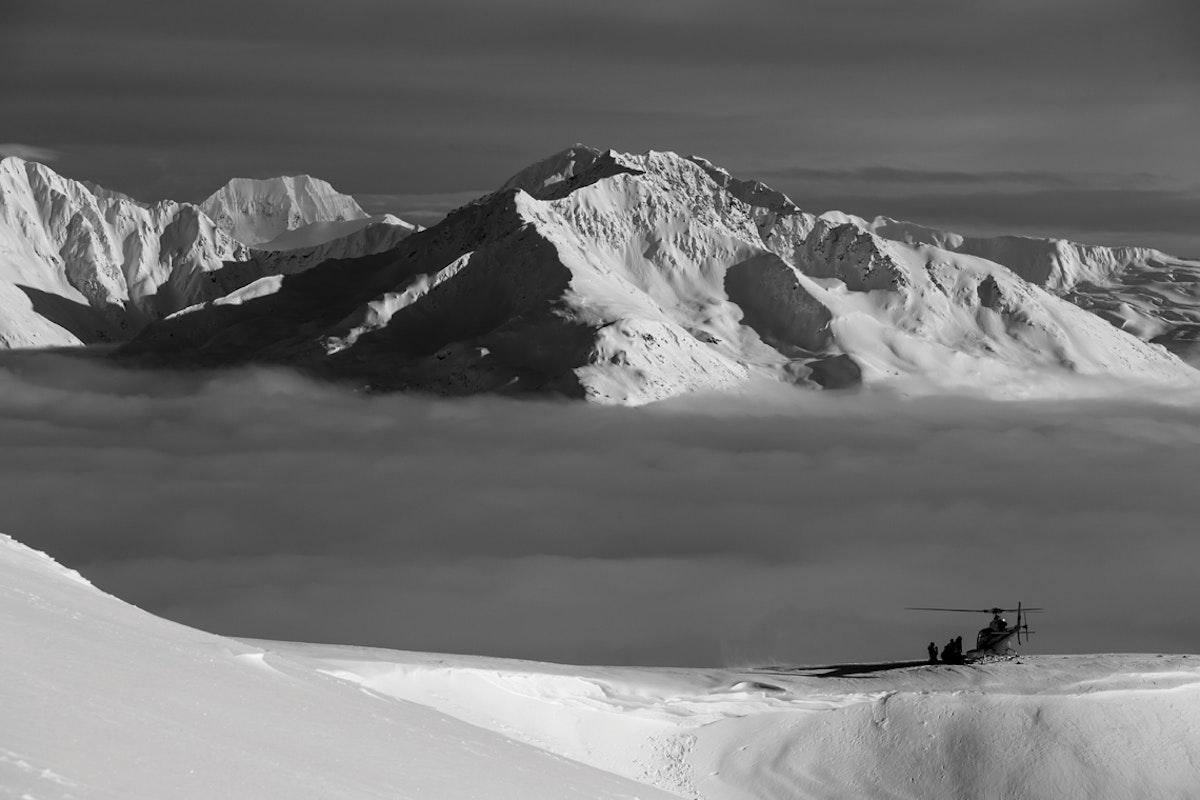
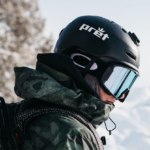
![[GIVEAWAY] Win a 4-Night Karma Campervan Rental and go Ski the Powder Highway](https://www.datocms-assets.com/163516/1767816935-copy-of-dji_0608-1.jpg?w=200&h=200&fit=crop)
![[GIVEAWAY] Win a Legendary Ski Trip with Icelantic's Road to the Rocks](https://www.datocms-assets.com/163516/1751532112-rttr_feat.jpg?w=200&h=200&fit=crop)
